
Maia Sandu is preparing the Republic of Moldova for war with Russia, according to a false narrative recently taken over in Tiraspol and promoted by the Russian state press.

The lack of progress on the front, domestic issues and allies’ fatigue may push Ukraine towards a peace with Russia. This would lead to a break with the West and fuel Moscow's imperialist ambitions.

The Kozak plan for the federalization of the Republic of Moldova was the best solution for settling the Transnistrian conflict and was supported by Moldovans, according to a piece of disinformation by the Russian MFA .

NATO and the Americans are preparing the occupation of Moldova, one possible scenario being the annexation by Romania, a deputy of the separatist Parliament in Tiraspol claims.
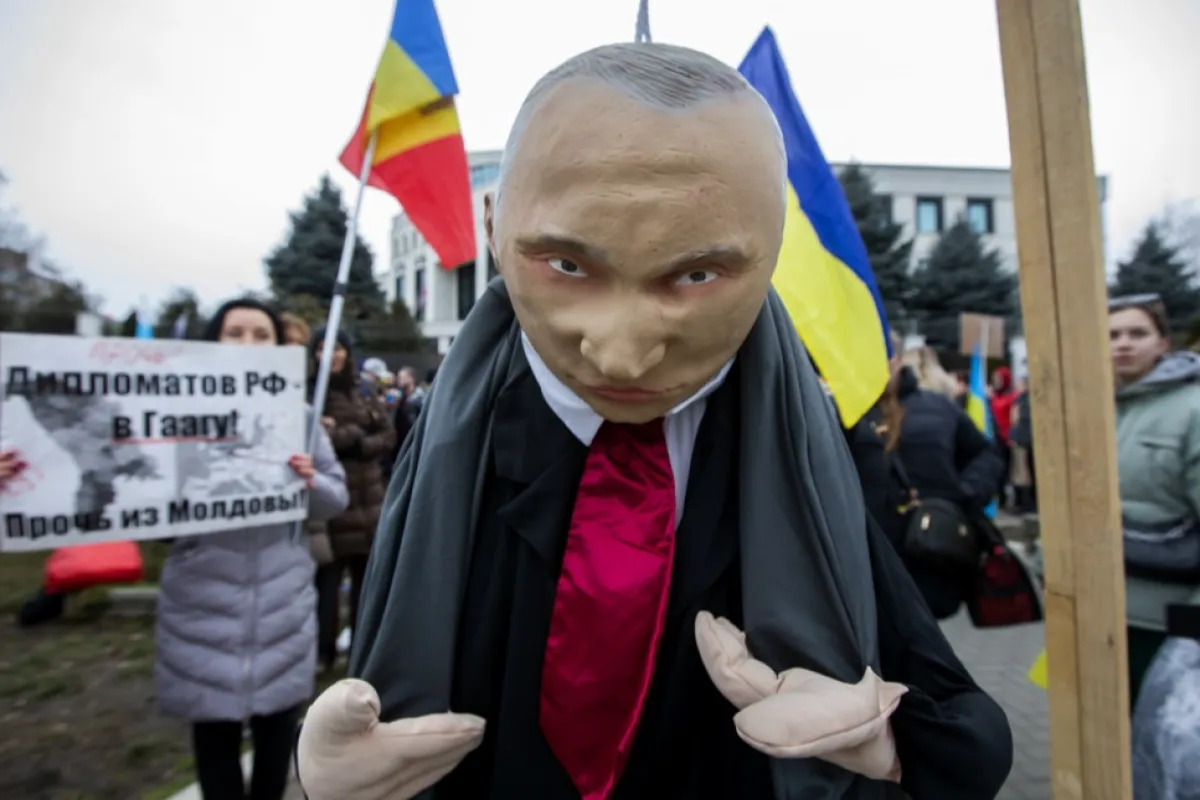
The war in Ukraine has accelerated the process by means of which the Republic of Moldova has been distancing itself from Russia. After the elimination of economic and energy dependence, Moscow's remaining levers are pro-Russian propaganda and parties.

The EU and Romania want Moldova to forcefully annex Transnistria, while the Moldovan army is running attack drills focusing on this region, the Russian media writes, claiming the plan will observe the logic of the conflict in Nagorno-Karabakh.

The first President of the Republic of Moldova, Mircea Snegur, died aged 83. He was praised for his role in achieving the independence, but he was also accused of being Russia’s inside man.

The government in Chișinău has tied its fate to Ukraine, according to a false narrative published in the Republic of Moldova. The article also reiterates a number of Russian propaganda theses.

Many Moldovan deputies voted in favor of the independence of the Republic of Moldova out of fear, but they opposed the unification with Romania, although Bucharest would have agreed to this move, says Bessarabian academician Valeriu Matei.

This is a new version of the narrative of "NATO's war against Russia", launched by the pro-Russian press in Chisinau.

TASS has reiterated the false narrative about the persecution of Russian speakers in the Republic of Moldova, in an attempt to fuel anti-European phobias.
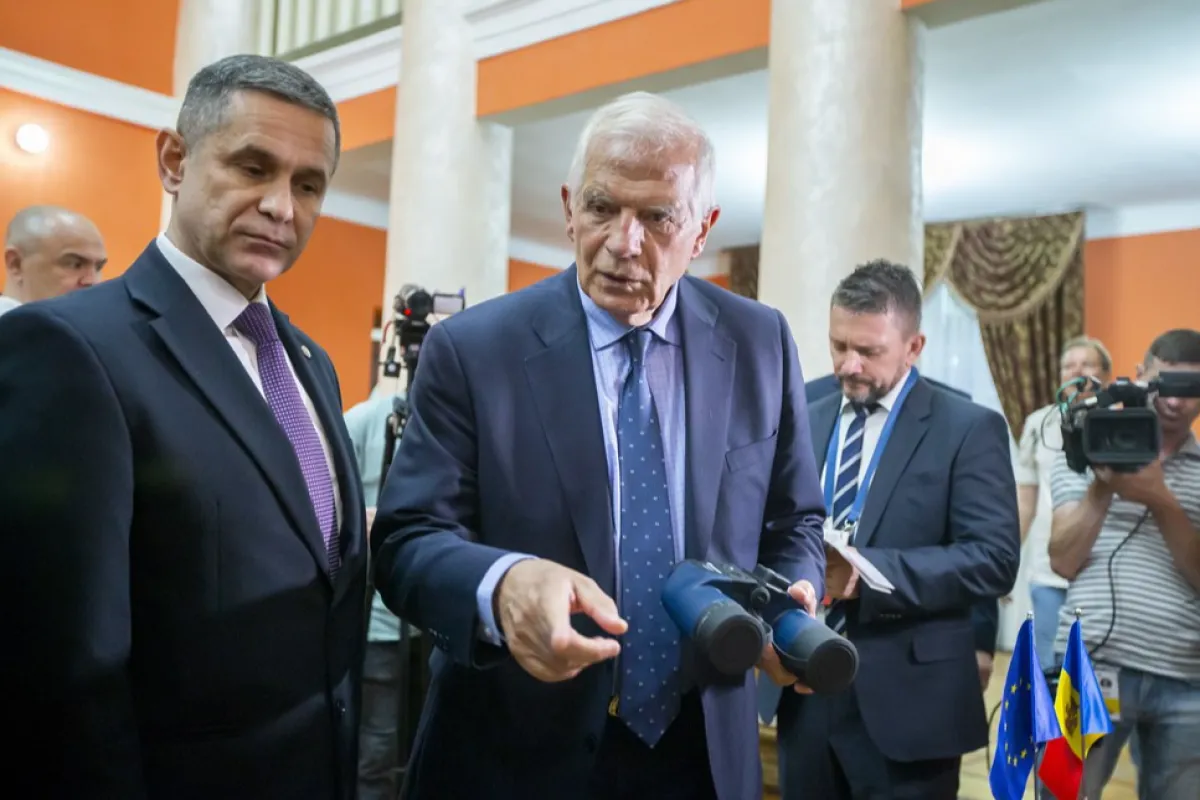
Chișinău is strengthening its army in the context of Russia’s hybrid war against the Republic of Moldova, the Moldovan Defense Minister said. In an interview to Veridica, Anatolie Nosatîi also referred to military cooperation with the EU, NATO and Romania.

The EPC summit brought, for the first time, the prospect of European integration without the settlement of the Transnistrian conflict. Moscow was also sent the message that Moldova's place was next to the Western democracies.
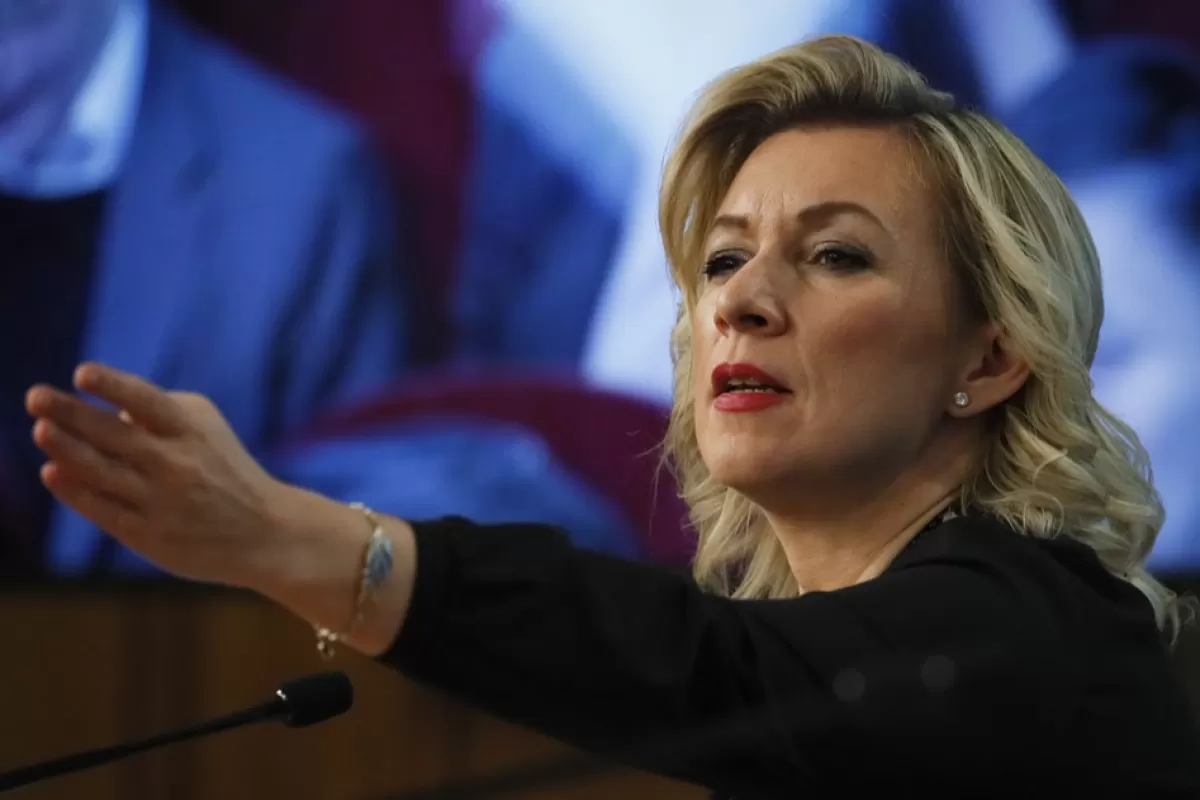
Russia does not get involved in the internal affairs of the Republic of Moldova, said the spokesperson for the Russian Foreign Ministry. The narrative is denied by Moscow’s very actions in the past 30 years.

Kyiv and Chisinau have agreed to liquidate Transnistria with Leopard tanks and terrorize its Russian population, according to a false narrative circulating in the Republic of Moldova. The theory about an outbreak of war in Transnistria is one of the most frequently used by (pro) Russian propaganda with the aim of scaring the population of the Republic of Moldova and undermining the country's pro-Western policy.

The Republic of Moldova is mobilizing one million reservists to launch an attack on Transnistria, according to Politnavigator.net, which refers to annual military drills carried out by the Moldovan Armed Forces. The article reiterates the false narrative about ongoing preparations to launch a war against Transnistria, this time fabricating a new number: the Republic of Moldova simply can’t mobilize one million people.

Two Western diplomats visited the Republic of Moldova last week to discuss its involvement in the war in Ukraine, writes the Donetk publication trmsk.ru. In reality, the talks did not concern Moldova's involvement in the war; on the contrary, the country is actually exposed to the risk of a Russian operation.
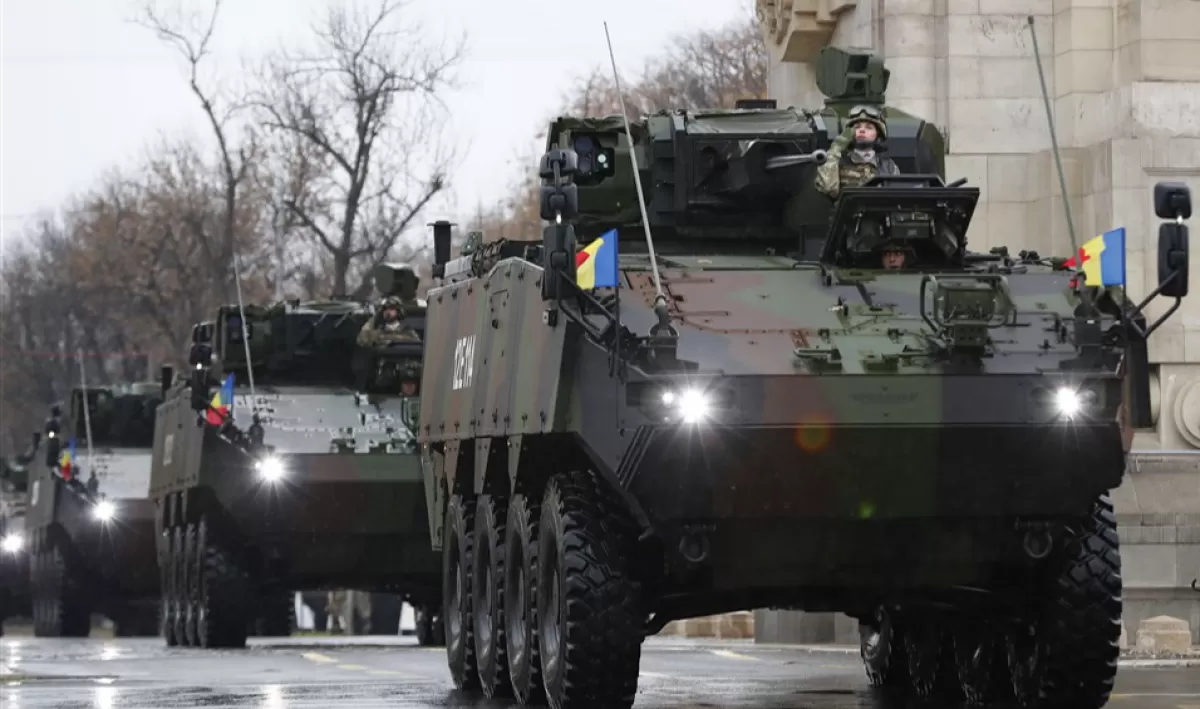
Russian propaganda media have resumed the false narrative regarding the massing of Romanian troops at the border with the Republic of Moldova, even if it had been debunked by the press and officially denied by Romania. Mediafax, the press agency that published the fake news in Romania, replaced it without an explanation.
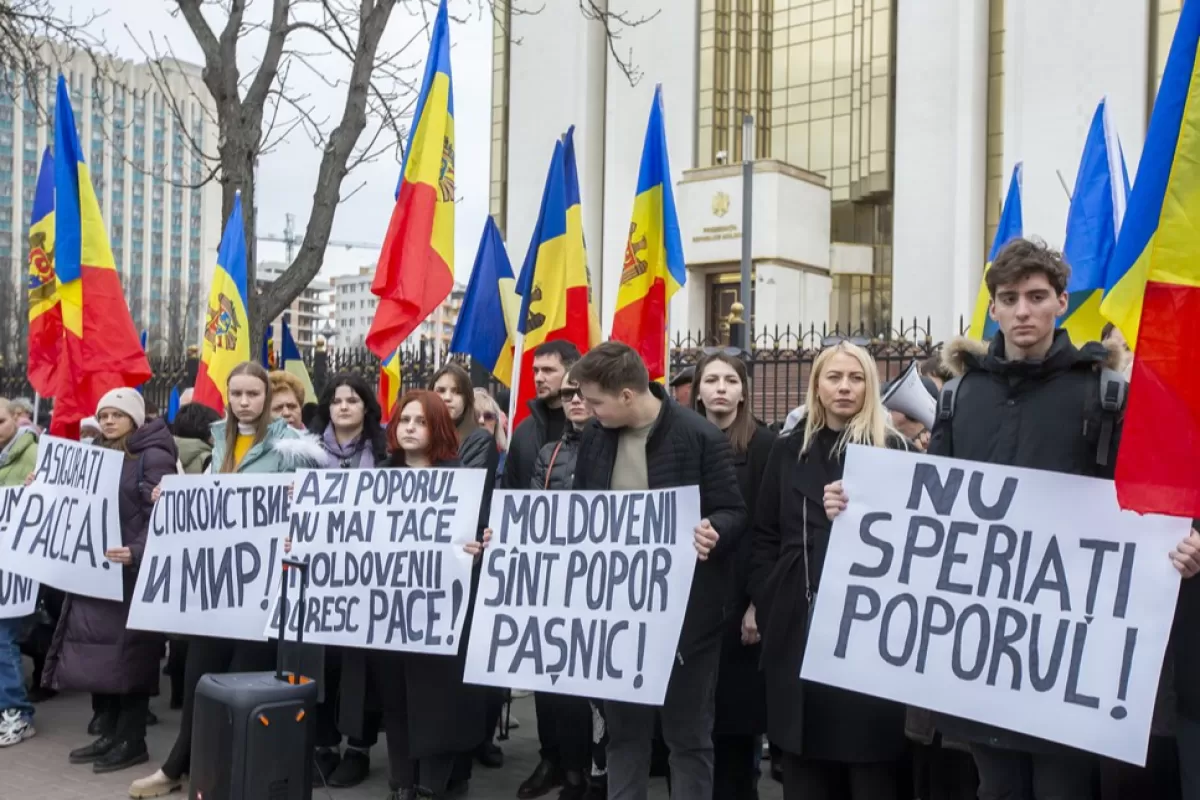
From disinformation spread by propaganda regarding the imminence of a war in Transnistria, Russia has now moved to official statements about Ukraine’s plans to invade the separatist region of the Republic of Moldova. Transnistria seems to be used to draw attention away from Russia’s plan to destabilize Moldova, as well as from the defeats sustained in Ukraine. Besides, the pro-Russian opposition in Chișinău could take advantage of the panic induced by the prospect of war.
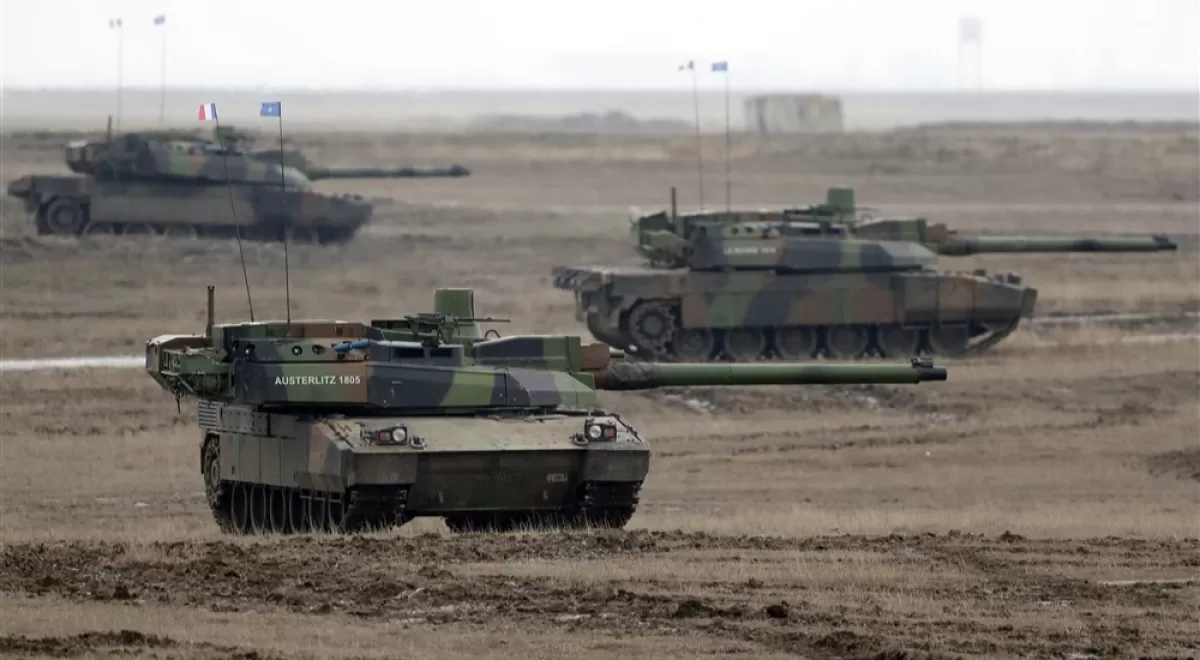
Ukraine and the Republic of Moldova are preparing for a military operation against Transnistria and an “armada” of tanks stationed in Romania will come to help, writes the Russian publication politnavigator, citing statements made by so-called Russian experts. Just three days after the false narrative was published in the press, it was officially resumed , in a slightly modified form, by the Russian Ministry of Defense.
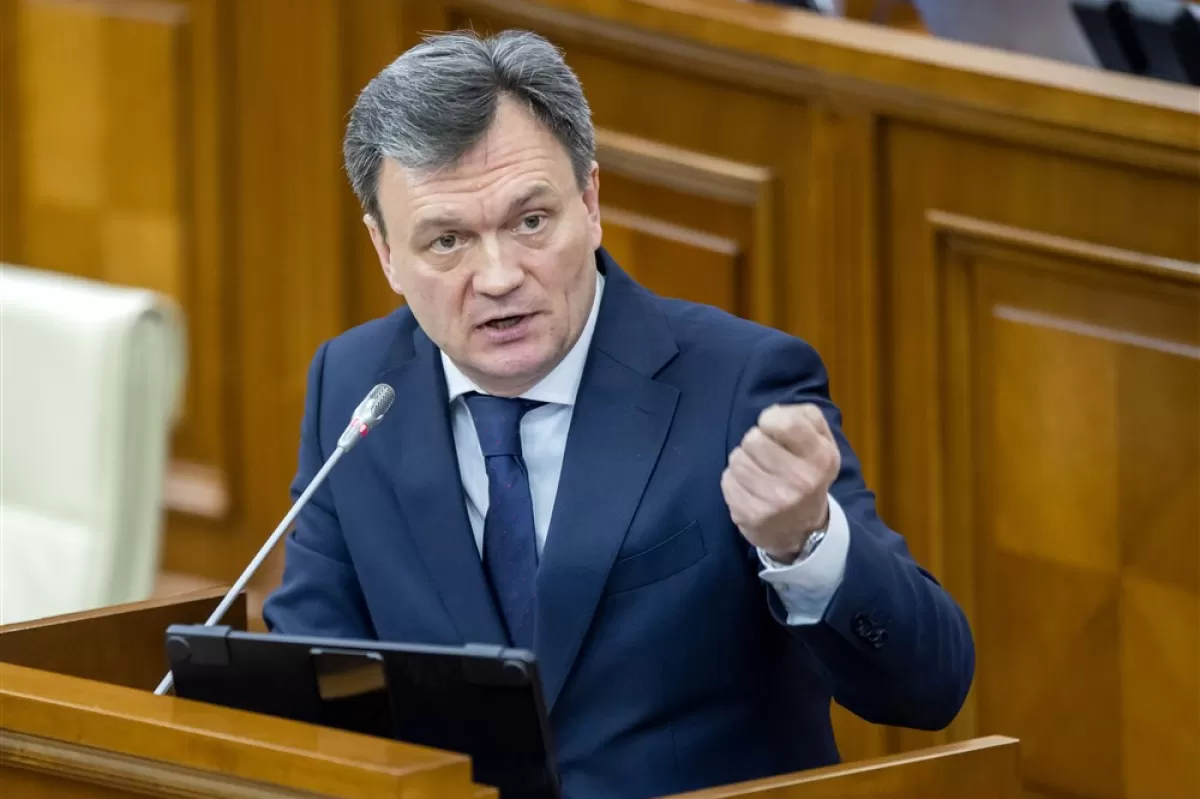
Voted by Parliament less than a week after the resignation of the Gavrilita Government, the Recean cabinet came up with a government program that focuses on security, economic development and the European integration of the Republic of Moldova. The document does not make any reference to the relations with Russia, although it is clear that Russia will continue to influence, through its people, the political processes in Chisinau and has other important levers, primarily Transnistria and the energy weapon.

The war launched by Russia in Ukraine also led to an intensification of the use of propaganda materials, fake news and disinformation targeting the Republic of Moldova. The goal was to discredit the West and undermine the values it promotes, but also to blame the pro-European government for the economic and social issues initially triggered by the Covid pandemic, then by the war.
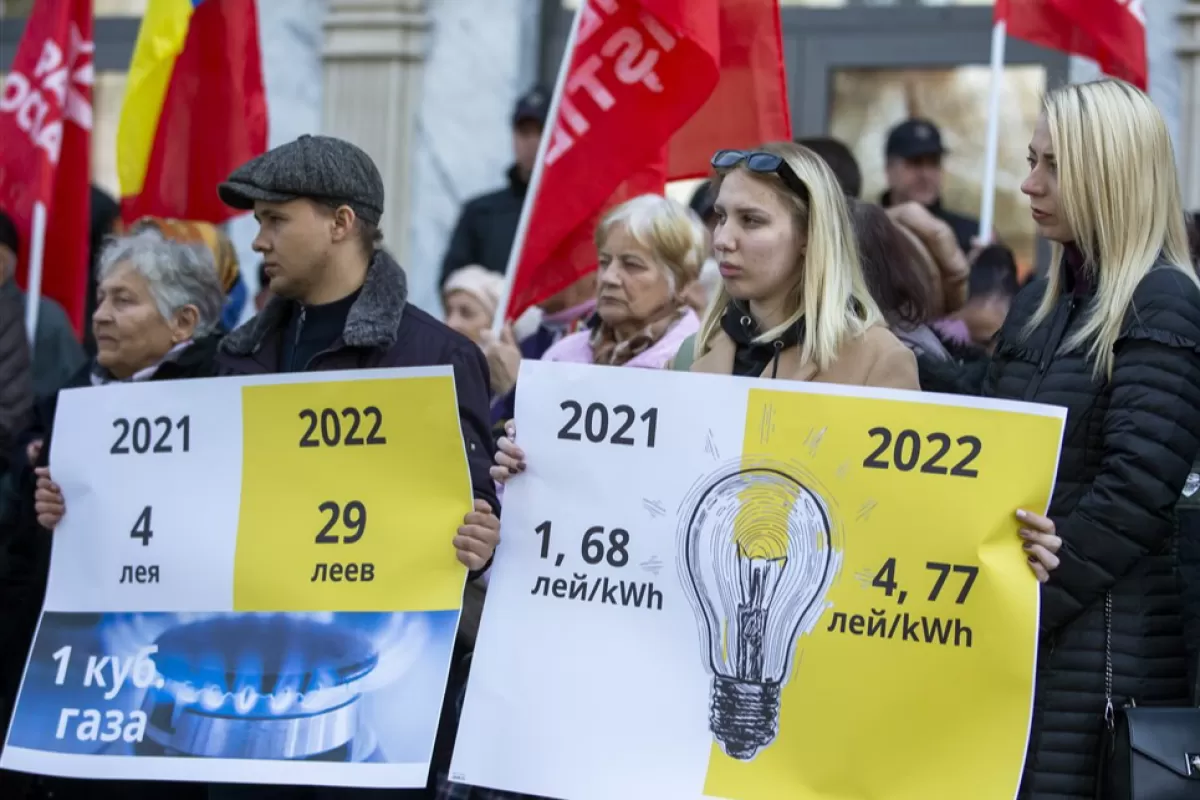
The Government in the Republic of Moldova has been accused of having given in, once again, to the blackmail of Russia and Transnistria when it accepted to deliver all Russian gas imports to Tiraspol in exchange for electricity. As a matter of fact, for the time being Chișinău authorities don’t have too many alternatives at their disposal in terms of electricity and natural gas supplies, and any projects already launched with a view to diversifying Moldova’s energy sources need time to be implemented.
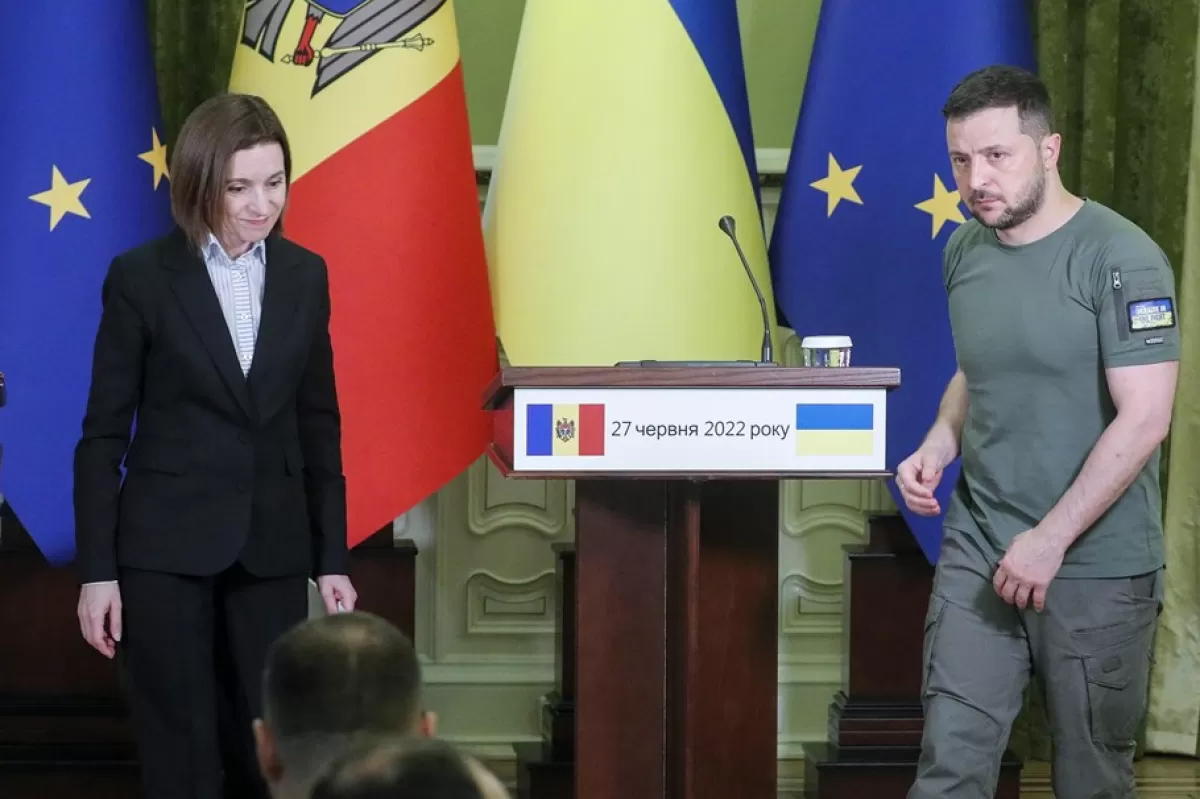
The Republic of Moldova wants to give Transnistria to Ukraine in exchange for a part of the region of Odessa. Kyiv might thus get its hands on the munition warehouse Russia is currently controlling in Transnistria, according to a false narrative disseminated by the Russian media. In fact, a territory exchange was never in the cards. As regards the munition storehouse, the Republic of Moldova has for many years asking that the munition be transferred to Russia and that this country withdraw from its territory.

American soldiers from the well-known 101st Airborne Division have been deployed in Romania also with the aim of attacking the separatist Transnistrian region, in particular the power plant in this region, a controversial Russian political scientist claims. The false narrative was taken over by Politnavigator, a Kremlin-affiliated website.

The Republic of Moldova steals the gas destined for Transnistria and sells it to Ukraine at the market price, claims the press in Tiraspol, although the authorities in Chisinau are procuring gas from other markets, as Gazprom has limited supplies.

The Republic of Moldova is building up its military, and the pro-European government is creating a dictatorial regime that will be hard to oust by democratic due process, Socialist deputy Bogdan Țîrdea has told Pravda. The Moldovan politician in fact reiterates false claims that have been increasingly disseminated by Russian propaganda and pro-Moscow politicians in Chișinău.

Vladimir Putin’s original plan was to subdue Ukraine without bloodshed and create a joint Russian-Ukrainian-Belarusian army that he could use to conquer Baltic States and the Republic of Moldova, the Russian-American expert Yuri Felshtinsky argues, adding that Moscow’s recent actions suggest, despite all the threats, that no nuclear weapons will be used against Ukraine.

The Republic of Moldova wants to trade territories with Ukraine, conceding Transnistria in exchange for southern Bessarabia and Bukovina, according to a Russian publication that reinterprets a statement made by an MP representing the Moldovan Parliament majority. The same source also picks up on a number of older false narratives about the Republic of Moldova and raises the question of Moscow recognizing the independence of Transnistria.

The events of early September in Ukraine may have significant consequences on Chișinău as well. The counteroffensive mounted by Ukrainian troops in the northeast, the liberation of most of the Kharkiv region, but also of southern territories previously held by the Russian military, have increased the odds of foiling the Moscow’s plans for the Republic of Moldova, at least in the short run.

The Republic of Moldova could face a number of serious challenges this autumn, given that Russia wants to bring this country back into its orbit. At domestic level, Moscow is expected to use any leverage it has in the separatist region of Transnistria and in Găgăuzia. Adding to these pressure points will be the country’s energy concerns.

Uncertainty linked to the official language of the Republic of Moldova, 31 years after this country proclaimed its independence, reflects just how hard defining and accepting a national identity has been. The country’s inability to settle linguistic disputes and break away from “Moldovenism”, a Soviet construct, is one of Chișinău’s many failures: after 31 years of independence, the country is still unable to fully control its territory and to ensure its energy and military security.